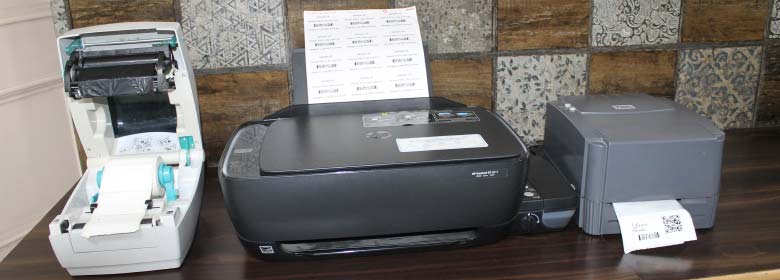Barcode Printer Application for your Business
The printing speed of a barcode printer refers to the number of labels it can print per second. This speed can vary widely, from a few labels per second for desktop printers to hundreds of labels per second for industrial printers. It's important to consult the specifications of a specific barcode printer model to determine its printing speed and resolution capabilities, and to test the printer with sample labels to ensure optimal performance.

